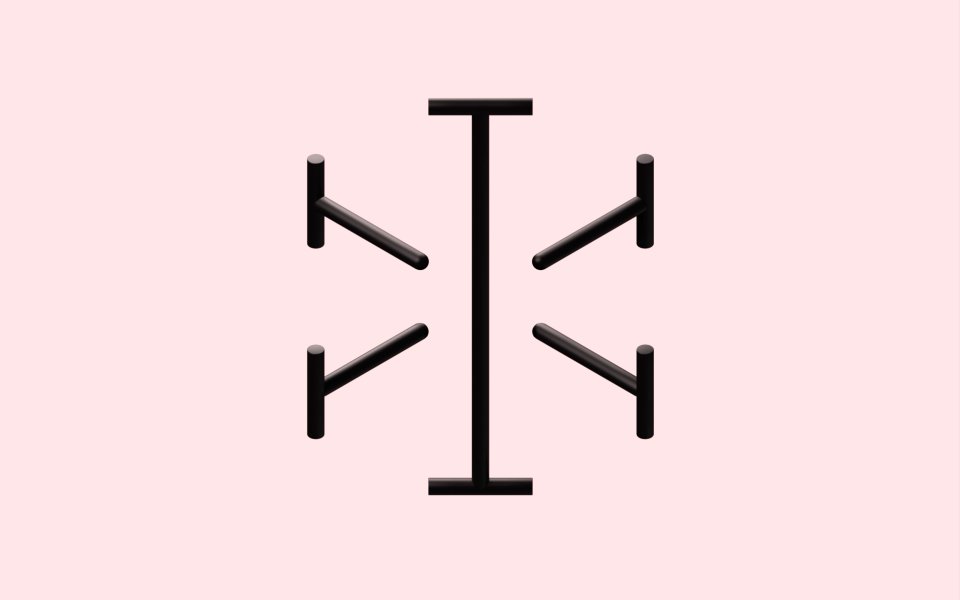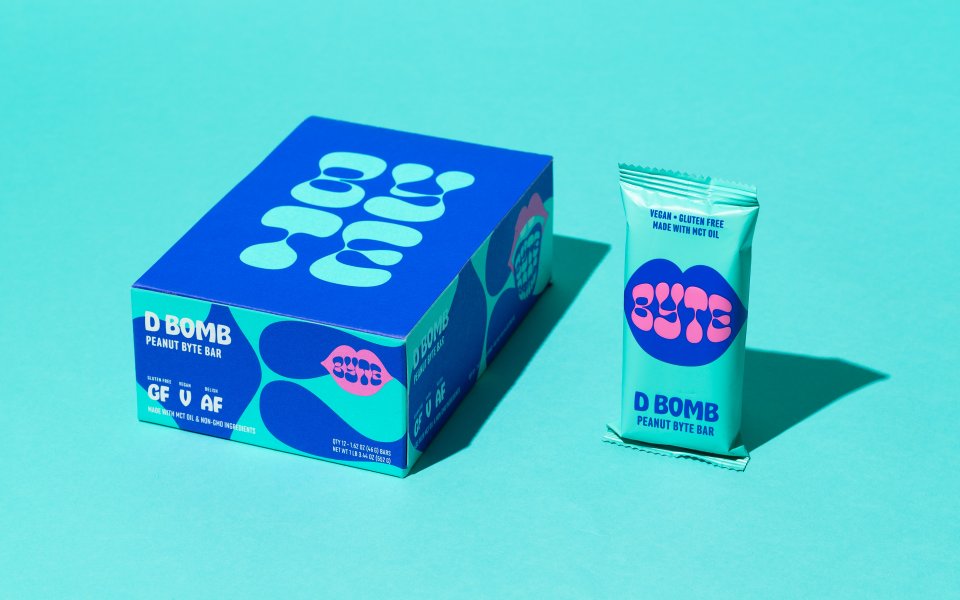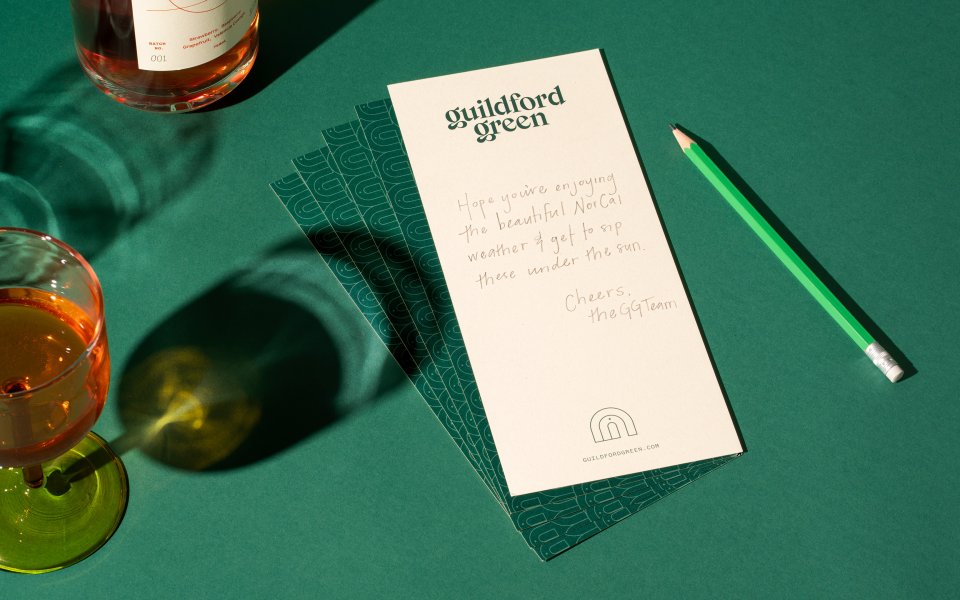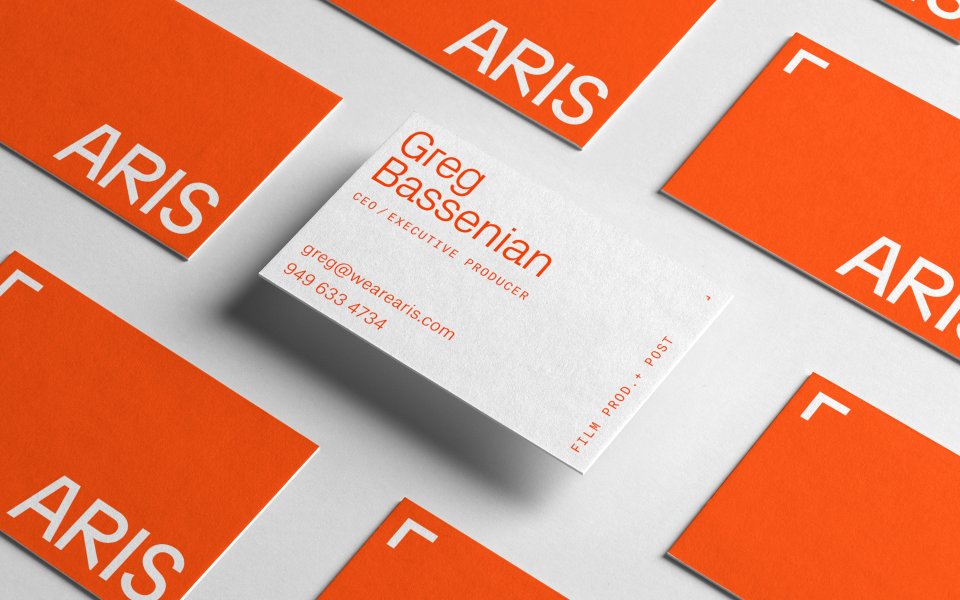There is a lot that goes into a well-executed design process, but we can provide some basic insight. Once we have an agreement in place, the project will start with a discovery phase. In the discovery phase we invest a lot of time learning about the client, their goals, and their competitive landscape. From our research we’ll work with the client to create a design brief that aligns expectations and creates some measurable goals. Most importantly, we’ll distill and define key traits that the design needs to communicate (tone words). If we are working on an identity, we’ll put together and discuss image boards to make sure that all parties have the same understanding of what type of imagery fits with the tone words.
After the discovery phase we’ll begin our first design round. We’ll work towards one solution and put our energy into fully exploring it. Sometimes we’ll discuss concepts with the client before we execute the design, but most of the time our discovery phase lays a pretty clear path for us. We’ll create a presentation for the client that breaks down what we’ve created, justifies our decisions, and shows how the design functions in various settings and applications.
Our goal is to be 80% there after the first round (any closer and we probably played it too safe). We’ll discuss with the client how the design fits within our design strategy and which directions it needs to be pushed. If all parties communicate effectively throughout the process, the second round should be the final one, and if anything needs to be tweaked beyond that it’s usually pretty minor.



















